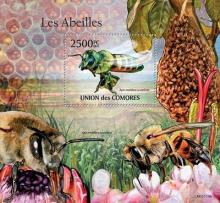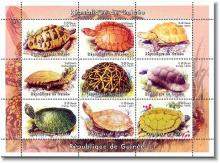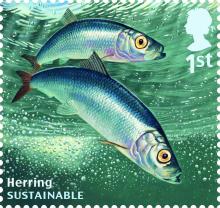Comprehensive Review of Detrimental Effects of Pesticides on Bees
This chapter focuses on the detrimental effects that pesticides have on managed honey bee colonies and their productivity. We examine first the routes of exposure of bees to agrochemicals used for crop protection and their application to crops, fate and contamination of water and plants around the fields. Most of the time, the exposure of bees to pesticides is through ingestion of residues found in the pollen and nectar of plants and in water. Honey bees are also exposed to pesticides used for the treatment of Varroa and other parasites.










